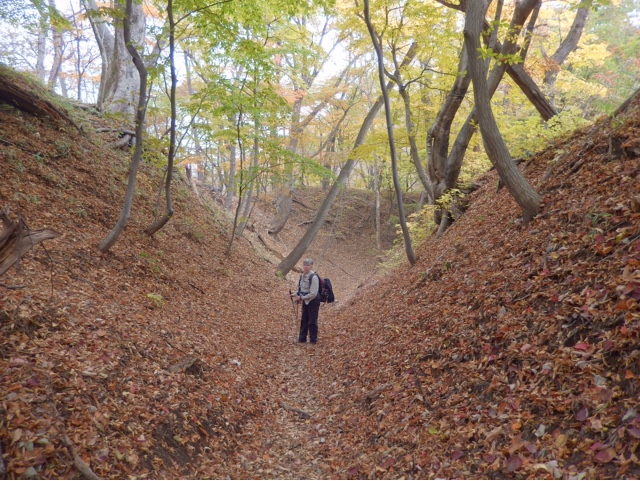We passed through customs (who retrived our tax free certificates provided for my watch and the wood-cut print), immigration (who removed the sticker we got when when arrived in Japan), security ("please remove your liquids, but not your shoes"), and found our way to the lounge (business class perk) to await our boarding and 12:30 pm. We spent some leftover currency on a bottle of saki and several boxes of Japanese style sweets. We also exchanged the reminder of our money for US$.
On the flight to Korea, I watched the movie Minions, which was quite funny. We arrived in Seoul, got off the plane and had about an hour to get to our Air Canada flight. So, what did we have to do, immediately go through airport security. What is the logic for this - get off a "secured" flight from Tokyo and go through security again? I asked two people and they looked at me like I was nuts but I suspect they had never thought about it before. My only conclusion is that Korea does not accept or trust Japan's security.
Oh well, we made it to the gate with a few minutes to spare, after a bit of hike and a train ride, and even squeezed in a restroom break. On the flight to Vancouver, we enjoyed two meals and I watched 3 movies - Mission Impossible, Rogue Nation, Outside Inside (animation about emotions), and Black Sea (Jude Law searching for Nazi gold in a submarine). We arrived at Vancouver and passed through a rather modern process for transferring to a US destination, though in a month they will have Global Entry in place. They have an automatic passport scanner, we had to pass through security again (?), and said hi to an immigration officer. We got to sit for over 3 hours until our flight to PDX was scheduled. I watched the last of my iPad rental movies - Captain Phillips. We flew to Portland and arrived home at 3:30 pm. We went to pick up Sophie, who had had a good time at Mitten's Motel.
Oh well, we made it to the gate with a few minutes to spare, after a bit of hike and a train ride, and even squeezed in a restroom break. On the flight to Vancouver, we enjoyed two meals and I watched 3 movies - Mission Impossible, Rogue Nation, Outside Inside (animation about emotions), and Black Sea (Jude Law searching for Nazi gold in a submarine). We arrived at Vancouver and passed through a rather modern process for transferring to a US destination, though in a month they will have Global Entry in place. They have an automatic passport scanner, we had to pass through security again (?), and said hi to an immigration officer. We got to sit for over 3 hours until our flight to PDX was scheduled. I watched the last of my iPad rental movies - Captain Phillips. We flew to Portland and arrived home at 3:30 pm. We went to pick up Sophie, who had had a good time at Mitten's Motel.





















































